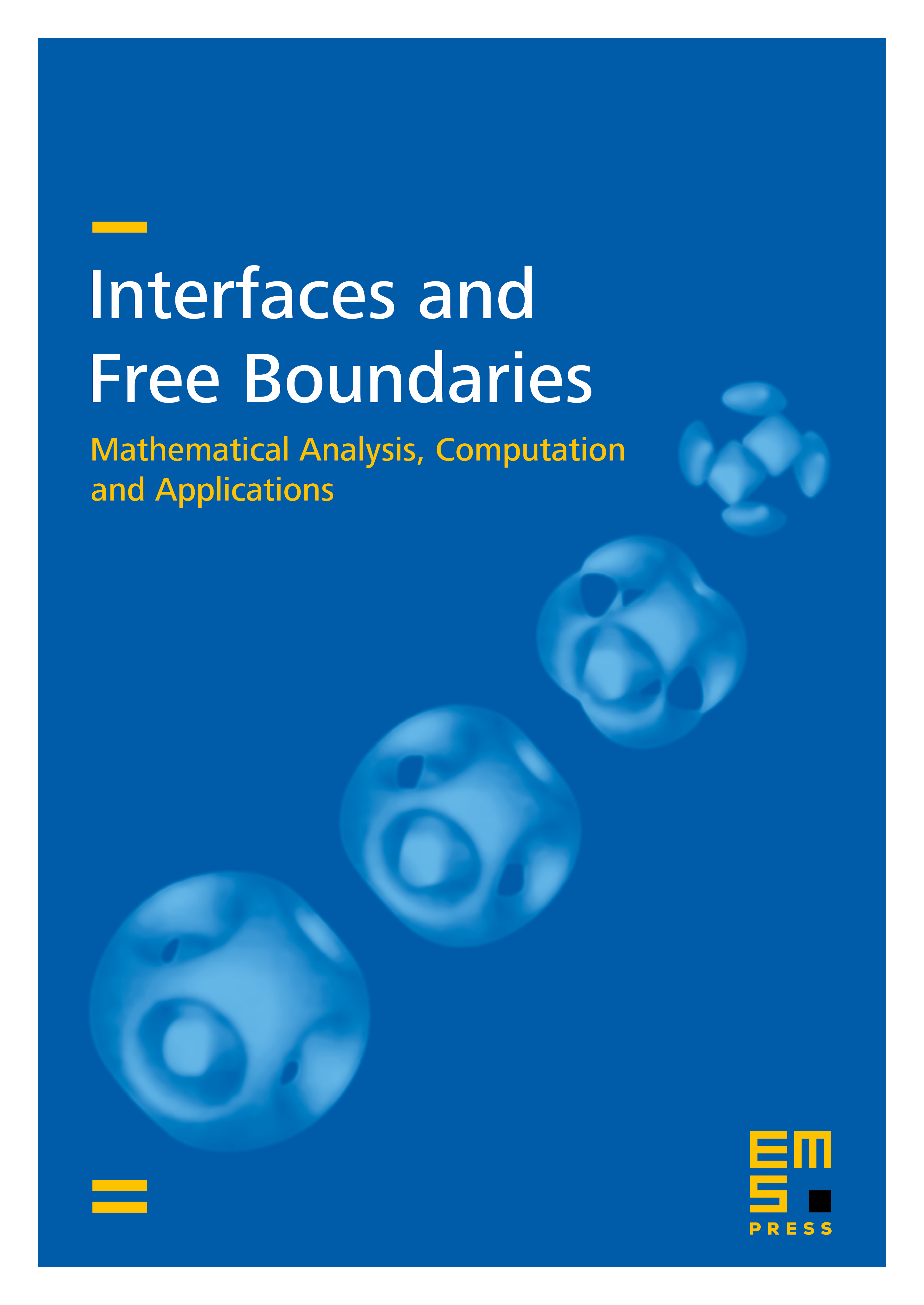Finite horizon model predictive control of electrowetting on dielectric with pinning
Harbir Antil
George Mason University, Fairfax, USAMichael Hintermüller
Weierstrass-Institute, Berlin, GermanyRicardo H. Nochetto
University of Maryland, College Park, USAThomas M. Surowiec
Philipps-Universität Marburg, GermanyDonat Wegner
Humboldt-Universität zu Berlin, Germany

Abstract
A time-discrete spatially-continuous electrowetting on dielectric (EWOD) model with contact line pinning is considered as the state system in an optimal control framework. The pinning model is based on a complementarity condition. In addition to the physical variables describing velocity, pressure, and voltage, the solid-liquid-air interface, i.e., the contact line, arises as a geometric variable that evolves in time. Due to the complementarity condition, the resulting optimal control of a free boundary problem is thus a mathematical program with equilibrium constraints (MPEC) in function space. In order to cope with the geometric variable, a finite horizon model predictive control approach is proposed. Dual stationarity conditions are derived by applying a regularization procedure, exploiting techniques from PDE-constrained optimization, and then passing to the limit in the regularization parameters. Moreover, a function-space-based numerical procedure is developed by following the theoretical limit argument used in the derivation of the dual stationarity conditions. The performance of the algorithm is demonstrated by several examples; including barycenter matching and trajectory tracking.
Cite this article
Harbir Antil, Michael Hintermüller, Ricardo H. Nochetto, Thomas M. Surowiec, Donat Wegner, Finite horizon model predictive control of electrowetting on dielectric with pinning. Interfaces Free Bound. 19 (2017), no. 1, pp. 1–30
DOI 10.4171/IFB/375